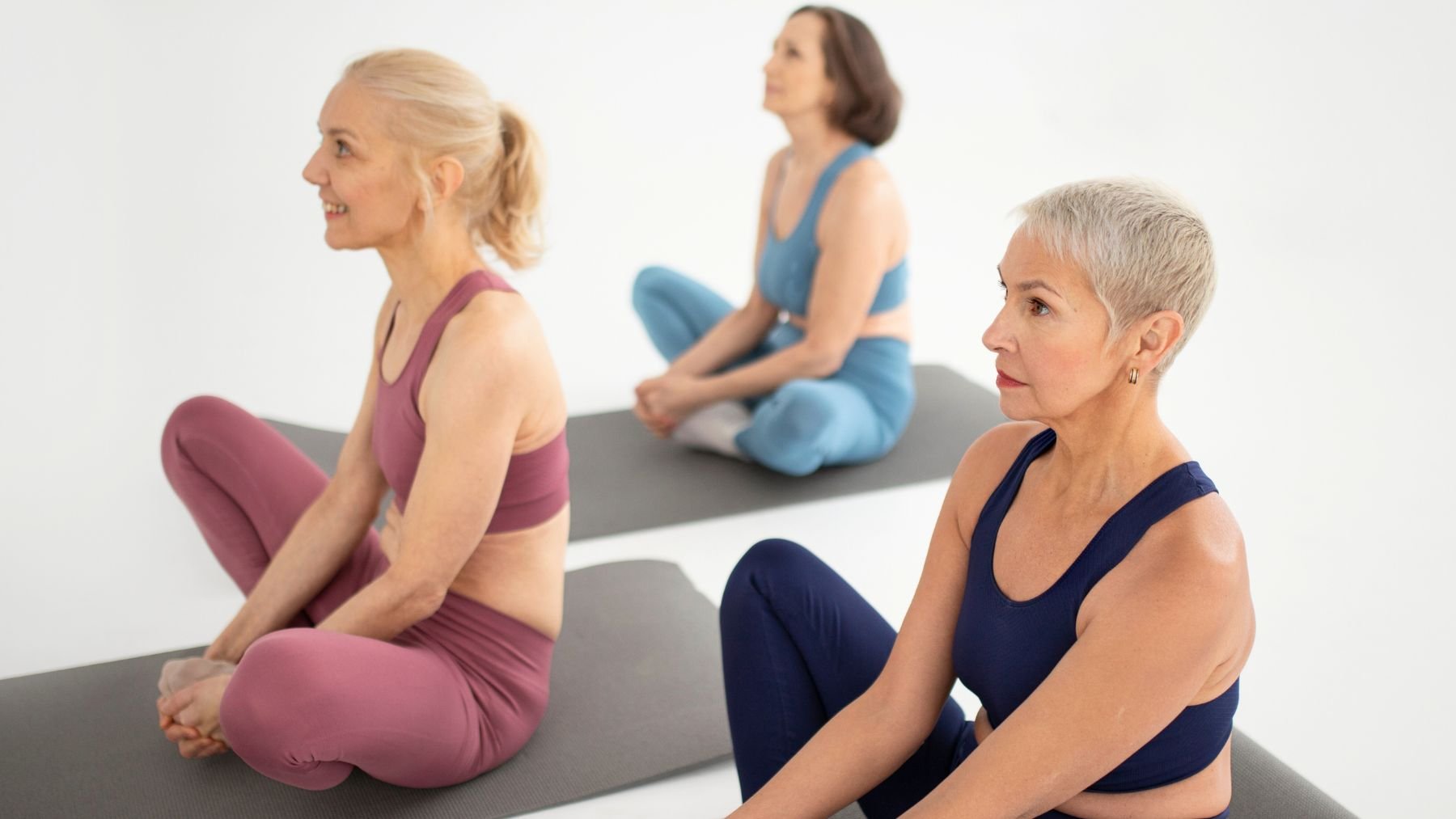Exercising with knee pain can be challenging, and sometimes the fear of discomfort may even keep you from working out. That’s why having low-impact options is essential to stay active without jeopardizing joint health. Instead of relying solely on conventional activities like water aerobics or cycling, you can try a gentler alternative.
We’re talking about Pilates, a practice centered on controlled, mindful movement that helps improve strength, flexibility, and balance in older adults. In the following sections, we’ll explore how Pilates works, why it is effective, and how you can begin safely.
Why Pilates works for seniors with knee discomfort
Pilates emphasizes precise, fluid motions that foster joint stability while minimizing tension. For seniors seeking to manage knee pain, it offers several advantages.
Strengthens muscles without strain
Pilates targets the muscle groups that support the knees, such as the quadriceps, hamstrings, hips, and the gluteal muscles, by employing bodyweight resistance and controlled motion. Stronger muscles absorb shock more effectively, helping lessen the load on the joints. This contributes to better performance during everyday activities like climbing stairs and walking on inclines.
Improves balance to prevent falls
The deliberate movements also allow you to focus on balance. By practicing exercises that challenge stability, such as single-leg stretches or modified planks, you enhance coordination and proprioception, which are essential for preventing missteps that might strain the joints even further.
Enhances flexibility and mobility
Dynamic stretches gently broaden your range of motion and ease stiffness. For example, movements like “leg circles” and “hip rolls” help lubricate your joints while releasing tight muscles. These can also blend with routines like yoga or tai chi to enhance your joint mobility even more.
Reduces impact on joints
Pilates’ measured approach allows you to progress at your own pace while avoiding abrupt or jarring movements that could worsen discomfort. Many modern Pilates classes incorporate specialized apparatus, such as reformers and resistance bands, to reduce joint stress while enhancing muscle engagement.
Getting started with Pilates after 60 to improve knee health
Before you begin your Pilates journey, keep these tips in mind to guarantee safety and optimal results:
- Consult your doctor or physical therapist: Discuss any knee issues with a healthcare provider who understands your needs and conditions. They can recommend personalized modifications or highlight moves to avoid to ensure you exercise safely.
- Choose senior-friendly classes: Select classes led by instructors with experience in working with older adults or people with joint limitations. Many studios and community centers in the US offer chair Pilates or mat classes designed to prioritize joint protection.
- Start with the basics: Begin with foundational exercises, such as pelvic tilts or heel slides, to build confidence and strength. Keep your movements small and controlled to avoid overextending your knees.
- Focus on alignment: Engage your core to help stabilize your spine and knees, and if any movement causes pain, pause to adjust your alignment.
- Use props for support: Incorporate cushioned mats, resistance bands, or foam blocks during floor-based exercises to reduce pressure on your knees and facilitate better posture and movement execution.
- Consistency over intensity: Start with sessions of 10–15 minutes daily and gradually increase the duration as your strength and endurance improve.
Exploring additional practices, such as yoga, tai chi, or personalized physical therapy, into your workout routine can diversify your regimen while boosting long-term joint vitality.
